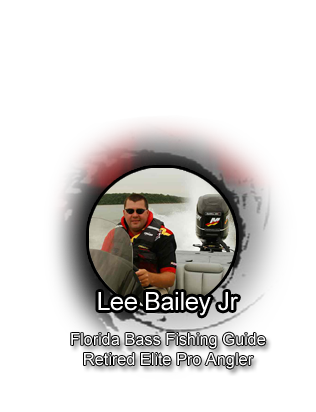How to Fish In-line Spinners

In-line Spinners Multispecies Effectiveness are a group of lures that has been around for a long time. It continues to be one of the most productive lures to catch just about anything that swims. The list of fish that I have caught on in-line spinners is longer than just about any other list I have.
I have thrown a lot of In-line Spinners Multispecies Effectiveness over the years. They have all worked in one capacity or another. However, none have out fished or out lasted the durability and catch-ability of Mepps. I have a deep affection for traveling and fishing all over the country. It started as a child and it has continued and increased with every passing year. For as long as I can remember I have called Mepps, the American Express Card of lures
As effective as flies are for duping large trout, inline spinnerbait have a unique way of persuading lackadaisical fish to bite. Spinner fishing is not a foreign technique. Many have used them in the early spring and late fall seasons to catch steelhead and salmon for years. Contrary to popular belief, spinner fishing during the summer months can also provide steady action.
For me Grubs Underrated Fishing Lure is my choice.
Technique:
Every angler has used these deadly little baits at one time or another. It’s just that they tend to fall out of favor for newer, more complex baits. Deep inside of your tackle box there is bound to be at least one or two of these gems. Maybe you won’t admit it to anyone else, but chances are that an inline saved the day for you at least once. The inline spinner is a truly versatile bait that can cover all depths efficiently. It can be fished at various speeds and mimics a baitfish better than most other lures. It features flash and vibration, can accommodate scent, and even rattles.
The type of retrieve you should use when spinner fishing is based on a couple of different factors.
- water flow
- water depth
- weather conditions outside.
In larger streams, which can be increasingly deep or flowing heavy from a good rain fall, use an upstream and across cast. Place the lure ahead of your target so that it can sink into the strike zone. Once the spinner has dropped down to the appropriate depth, let the spinner drift with the current into quicker water. Once the spinner reaches the tail of the pool or riffle, a moderately fast and steady retrieve upstream should be used. In many instances fish will follow the spinner during the drift and strike on the upstream retrieve near structure like rocks and boulders. In smaller streams, or in low water conditions with relatively little current, cast the spinner close to your target and begin the retrieve on touch down. The retrieve should be a little slower giving the fish as much of a chance as possible to strike.
Tips:
- Deep Pools:
In the heat of the Summer, the biggest smallies often move to the backs of the deepest pools. Here they enjoy cooler water and the funnel which draws bait to them. They can often be coaxed with a slow, deep running spinner. - Ice Out:
When I was a kid, I would scramble down to the local pond at first sign of soft water. Often it would only be 50 or 60 feet long but I was there to cast my new baits to see how they performed (Hey, Cabin Fever…Right????). - River fish:
Although it isn’t rocky by nature, it is full of cover and has tons of fish holding spots. A Rooster tail is always rigged on one of my rods. These spunky river bass cream it, too! My main technique is to slowly crank the spinner just outside of visible cover and along undercut banks to pick off active bass.
Where to fish:
In-lines also can be effectively fished along cover edges. Cast and retrieve along the outside borders of weed beds, willow thickets, brush piles and other fish hideouts, avoiding the dense cover within.
Equipment:
Spinning gear usually works best for finesse fishing with an inline spinner, but you need a rod with enough backbone for fighting heavyweight bass and a fast tip to help you detect strikes. Throw the blade bait on a medium-heavy spinning rod and spinning reel spooled with 8- or 10-pound monofilament. When fishing around cover, you can throw the inline spinner with a medium action casting rod and baitcast reel filled with 6# to 12# monofilament.
In-line Spinners Multispecies Effectiveness:
Another key to spinner fishing is the speed at which these lures can and should be retrieved. “The faster the better” is the general rule for spinner retrieval. Burning through holes with spinners gives trout little chance to get a good look at what you’re offering, and in most instances, this speed gets fish to bite down ferociously.




